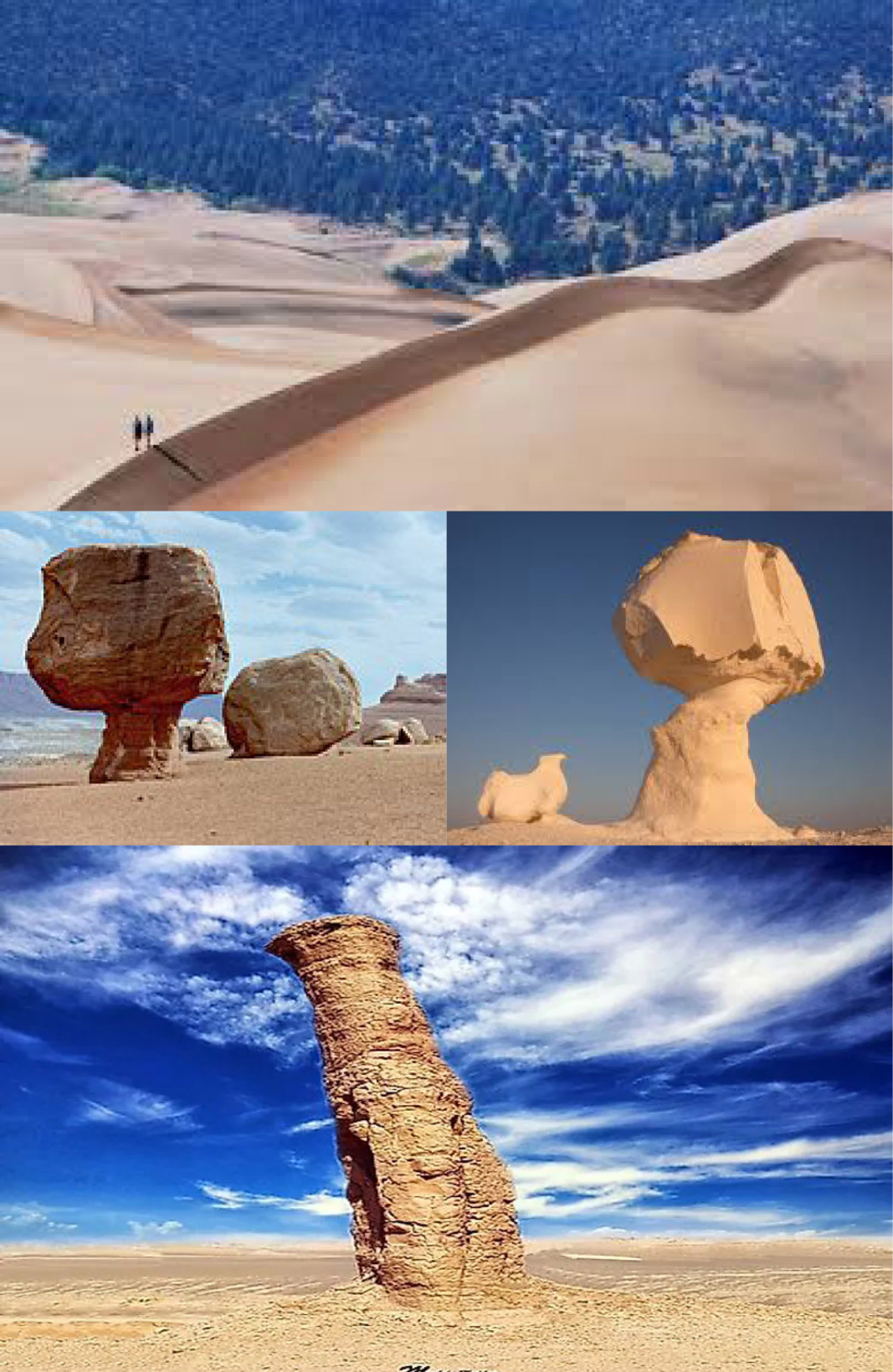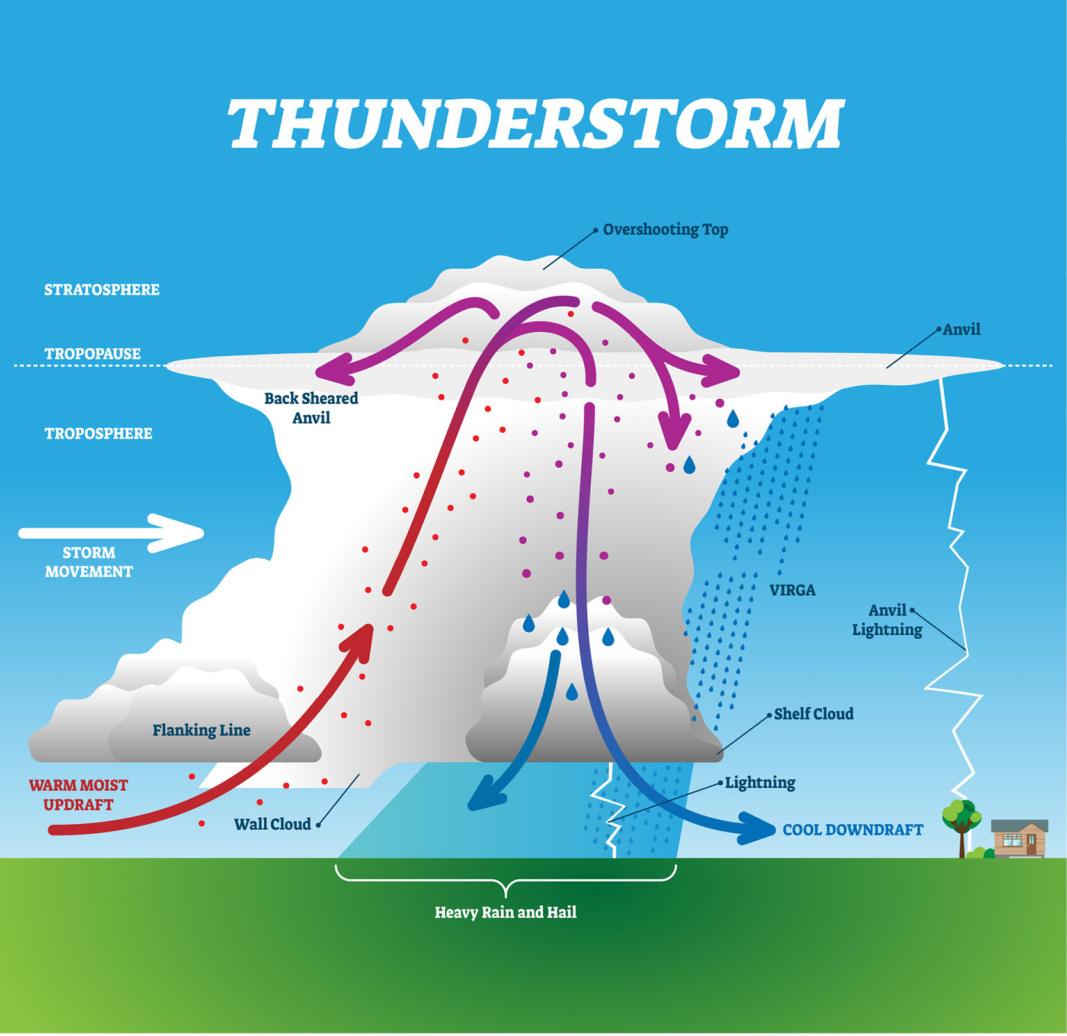Windy

This…is a post about wind. Don’t forget your hair brush! :)))))))))
As we’re enjoying the somewhat spring like weather around here these days, an idea for a Friday blog hit me, literally! I had stepped out for a walk around the KHT campus, and had my hat blown off my head by a gust of wind. Don’t worry I didn’t lose my trusty KHT hat! I noticed how the wind changes throughout the day. Often when I arrive at work in the wee hours of the morning, everything is calm, especially the lake. Then as the day progresses, things pick up – it’s visible from my office, how the clouds then move west to east, or sometimes east to west. It is absolutely amazing how the wind reacts here in beautiful Cleveland, Ohio, especially when it follows the lakeshore! One of the most basic atmospheric forces on Earth, wind powers farms, carves landscapes, carries ships, and holds up kites. I loved taking the girls to the park or beach and launching a kite, letting it rise until there was no line left then watching it dive and dart across the sky . Biking with the wind is wonderful, against the wind not so much! Here’s some fun info on wind, and surprising info on the windiest cities (Wellington New Zealand wins on the world front). So, hang on to your hat, be sure to click the music links, and enjoy! Special thanks to google.com, scifi.com. scientificamerica.com and YouTube for the info and tunes.
Some Wind Music to listen to as you read:
HERE
HERE
and HERE
Wind Is Caused by Uneven Heating on the Earth
Ever wonder where the breeze on the beach comes from? It happens because during the day, the water warms up more slowly than the land next to it. This uneven heating causes changes in atmospheric pressure; warm air expands and rises, and the cool air from the water blows in to take its place. This is a smaller-scale example of how wind works throughout the world — on a grander scale, the difference in temperature between the equator and the North and South poles cause large, powerfully windy areas banding across the Earth. For my “scientific” friends reading, visit HERE for the specific explanation – all about colliding molecules.
Some Winds Reverse Course at Night
When wind rushes between water and land, the pattern is different depending on what time it is. During the day, the wind rushes inland — but at night, the land cools faster than the water, causing the wind to head back in the direction of the water. Pay attention to this phenomenon on your next long walk on the beach.
Can You Guess the Windiest US Cities?
Most would guess Chicago – and some Cleveland … but here’s the top 10 from top to bottom. Boston, Oklahoma City, Buffalo, Milwaukee, Dallas, Kansas City, San Fran, Cleveland, Minneapolis, Virginia Beach…(Chicago is #12!)
There Are Five Major Wind Zones on Earth
Prevailing winds, such as trade winds, blow in one direction without stopping. There are five major wind zones on the planet, each with their own behaviors of prevailing winds: Polar easterlies are winds that blow from the east around the North and South poles. Westerlies blow in the other directions at midlatitudes, around the middle points between the poles and the equator — strongest at around 40 to 50 degrees latitude in the Southern Hemisphere, blowing past New Zealand and the lower edges of Australia and South America. Horse latitudes, at about 30 degrees on either side of the equator, are warm areas with calm winds. Trade winds are incredibly predictable, powerful, easterly winds that run through the tropics, named because of how vital they’ve been to seafaring, including trading ships, throughout history. The doldrums, also known as the intertropical convergence zone, is a calm area where two bands of trade winds meet. The winds here are weak, and ships have been known to get stuck there. (MAP of the zones)
Wind Energy Is Ancient Tech
Wind energy doesn’t just refer to turbine-generated wind power — it also refers to the sails of ships and the windmills that pump water or mill grain. Thousands of years ago, wind energy was propelling boats along the Nile River; ancient Egyptian art shows images of sailboats as early as 3300 BC. Before that, sails made from animal hide still probably powered single-log rafts.
The First Windmills Were in Asia
Windmills may conjure images of rural European areas, but the earliest windmills were water pumps in ancient China and grain mills in ancient Persia around 200 BC. Windmills were in heavy use in the Middle East in the 11th century AD, when traders brought the technology up north to Europe The iconic windmills in the Netherlands started cropping up around 1200 AD. – Video of Windmills working in the Netherlands.
The Fastest Recorded Wind Was 253 MPH
In 1996, during Hurricane Olivia, an Australian wind meter recorded a wind speed of a whopping 253 miles per hour.. The previous record-holder was a 231-mile-per-hour gust in New Hampshire.
Wind Carries Dust From the Sahara Desert All Over the World
The Sahara Desert is unfathomably massive, covering 3.3 million square miles in northern Africa — but its impact spreads even farther. Pushed by powerful trade winds, dust from the desert can hit halfway around the world in Texas and Florida (among other states), usually in the summertime. It arrives in quantities large enough to cause health problems, especially in people with asthma or other respiratory conditions. (remember last summer’s air quality from the Canadian forest fires??).

Wind-Created Geographical Features Are Called Aeolian Landforms
The best-known landscape features caused by wind are dunes, mounds of sand that are critical to the ecosystems in coastal areas. But dunes are only one example of aeolian landforms (named for the Greek god of wind, Aeolus). Some are soft, like loess, collections of yellow or tan sediment usually deposited by wind, such as the notable loess deposits along the Missouri River in Iowa. Others are more dramatic, like ventifacts, which are rocks that are shaped by the wind and can form amazing shapes and structures.
And for your viewing Pleasure:
Wind VS Pedestrian Video 1
Wind VS Pedestrian Video 2
Man with Balloons vs Wind
Man & Hot Air Balloon vs Wind
Home Trampolines vs Wind
How One Man Flies Hundreds of Miles Using Balloons
::::::::::::::::::::::::::::::::::::::::::::::::::::::::::::::::::::::::::::::::::::::::::
DO YOU LIKE CONTESTS?
Me, too.
As you may know the Kowalski Heat Treating logo finds its way
into the visuals of my Friday posts.
I. Love. My. Logo.
One week there could be three logos.
The next week there could be 15 logos.
And sometimes the logo is very small or just a partial logo showing.
But there are always logos in some of the pictures.
So, I challenge you, my beloved readers, to count them and send me a
quick email with the total number of logos in the Friday post.
On the following Tuesday I’ll pick a winner from the correct answers
and send that lucky person some great KHT swag.
So, start counting and good luck!
Oh, and the logos at the very top header don’t count.
Got it? Good. :-))))
Have fun!!
::::::::::::::::::::::::::::::::::::::::::::::::::::::::::::::::::::::::::::::::::::::::::






